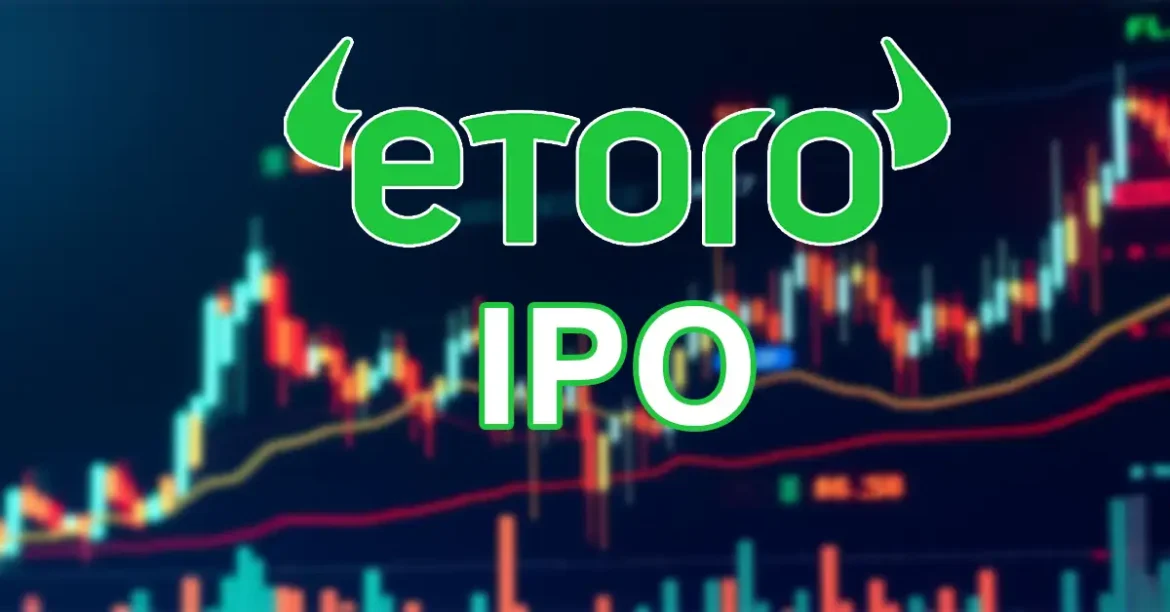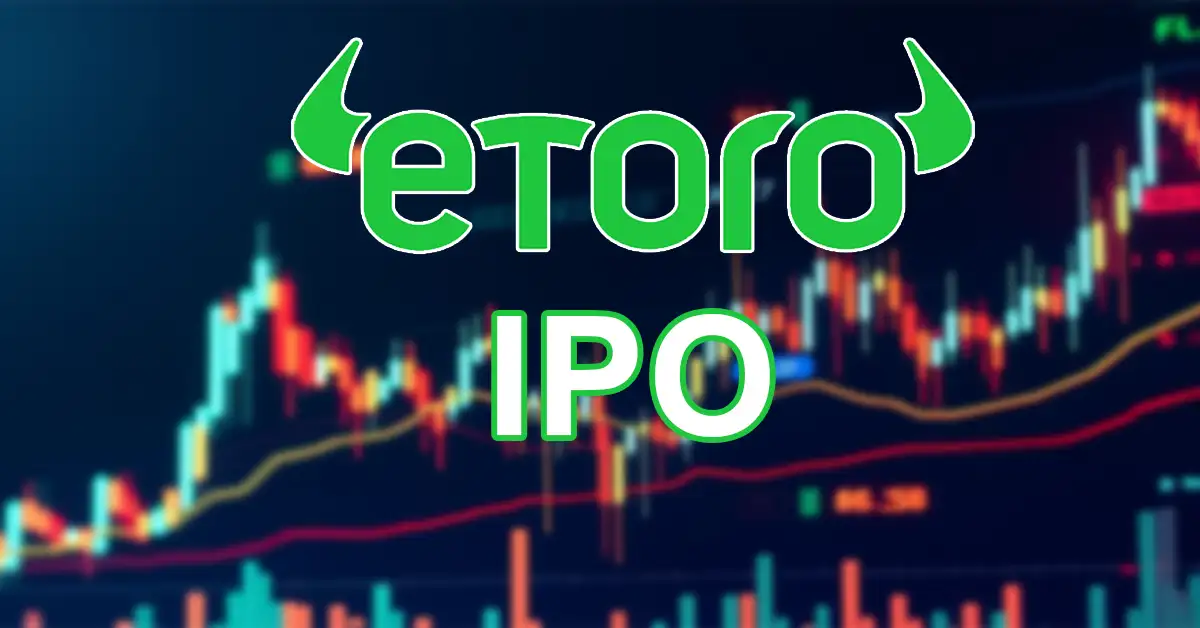eToro’s Strategic Expansion of U.S. Cryptocurrency Offerings Post-Nasdaq Debut
eToro, a prominent social trading and multi-asset investment platform, has recently taken a significant step in broadening the horizons for American cryptocurrency traders. Following its debut on the Nasdaq stock exchange, eToro announced an expansion of its digital asset lineup in the U.S., adding 12 new cryptocurrencies to its existing slate.
From a Limited Selection to a Diverse Crypto Portfolio
Until this expansion, U.S.-based users could trade only three cryptocurrencies on eToro: Bitcoin (BTC), Ethereum (ETH), and Bitcoin Cash (BCH). This limited selection was largely a function of regulatory pressures and prior settlements with the U.S. Securities and Exchange Commission (SEC), which constrained eToro’s offerings domestically.
The addition of these 12 new digital assets marks a strategic effort by eToro to reinvigorate its presence in the U.S. crypto market by diversifying the choices available to its retail and institutional investors. The new tokens include:
– Popular Meme and Community Coins: Dogecoin (DOGE) and Shiba Inu (SHIB)
– Prominent Altcoins with Strong Use Cases: Cardano (ADA), XRP
– Key DeFi and Infrastructure Tokens: Aave (AAVE), Chainlink (LINK), Compound (COMP), Ethereum Classic (ETC), Litecoin (LTC), Uniswap (UNI), Stellar (XLM), Yearn Finance (YFI)
This expansion increases the total number of cryptocurrencies available to U.S. users on the platform to fifteen, providing a broad spectrum that ranges from established large-cap coins to emerging decentralized finance (DeFi) protocols.
The Regulatory Landscape and eToro’s Adaptation
The regulatory environment in the U.S. has historically been cautious, especially concerning altcoins beyond Bitcoin and Ethereum. eToro had previously scaled back its U.S. crypto offerings due to these restrictions. However, recent shifts, including a settlement with the SEC and a generally warmer regulatory climate post-Trump administration, have allowed the platform to revisit and expand its asset offerings.
This move signals not only eToro’s confidence in navigating regulatory complexities but also points to an increasing demand from retail investors for wider crypto exposure. The return of tokens like XRP, which has faced significant legal battles, highlights an important regulatory thaw and a potential benchmark for altcoin acceptance.
Competitive Positioning and Market Implications
The timing of eToro’s expansion coincides closely with its IPO on Nasdaq under the ticker ETOR, where shares debuted above the initial pricing, reflecting investor optimism. By enriching its crypto lineup shortly after its public offering, eToro appears to be leveraging its newfound capital and market status to aggressively compete with other U.S.-focused crypto trading platforms such as Coinbase and Robinhood.
This strategic enhancement of the crypto suite also aligns with wider trends in the digital asset market, where mainstream adoption is being fueled by the inclusion of meme coins alongside foundational blockchain projects. The presence of community-driven coins like Dogecoin and Shiba Inu caters to a segment of investors drawn by social media trends and viral campaigns, while tokens like Cardano and Chainlink appeal to those interested in technology and ecosystem growth.
User Experience and Platform Capabilities
Expanding to a total of fifteen tokens grants eToro’s American users greater flexibility in portfolio construction and trading strategies. It permits investors to partake in various facets of the crypto market, from stable utility coins to speculative assets and DeFi tokens that offer broader functionality like staking and yield farming.
Additionally, the expansion is expected to enhance eToro’s social trading features, where users can share strategies and copy trades based on a more diverse set of assets, adding depth to community interaction.
Broader Market Significance
eToro’s move is not only a business expansion but also a reflection of how cryptocurrency markets are maturing in the U.S. After years of restrictive regulatory frameworks, such innovation and inclusiveness by major platforms indicate growing mainstream confidence in digital assets. This could pave the way for other firms to follow suit, deepening liquidity and investor access.
Moreover, with the inclusion of blockchain projects that span various sectors — from payment solutions (XRP and Stellar) to decentralized finance (Aave, Compound, Yearn Finance) and layer-one protocols (Cardano, Ethereum Classic) — eToro is effectively enabling U.S. investors to engage with foundational technologies transforming finance.
Conclusion: A Milestone for eToro and U.S. Crypto Accessibility
eToro’s expansion of its cryptocurrency offerings in the U.S. marks a pivotal moment, combining the momentum of its Nasdaq IPO with an enhanced asset portfolio that transcends previous limitations. By reintroducing tokens previously delisted or restricted, and adding emerging DeFi and meme coins, eToro embodies the evolving landscape of American crypto trading—a landscape growing more inclusive, diversified, and investor-friendly.
This development not only strengthens eToro’s foothold against competitive platforms but also contributes to the normalization of cryptocurrencies within mainstream financial markets. For U.S. investors, it opens new avenues to explore digital assets comprehensively, signaling that the era of limited crypto choice is gradually giving way to a more vibrant and dynamic marketplace.





